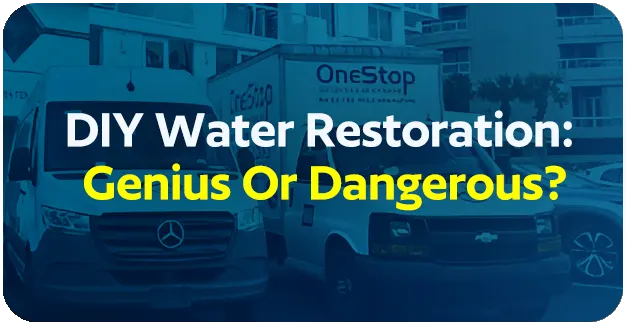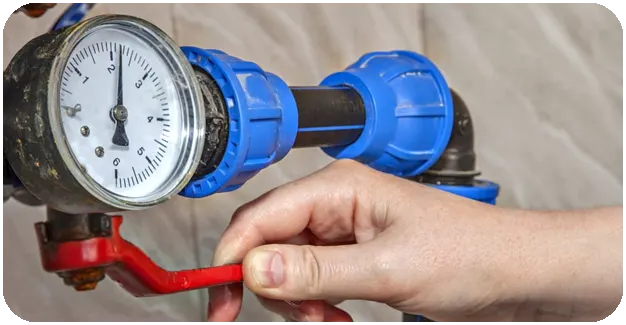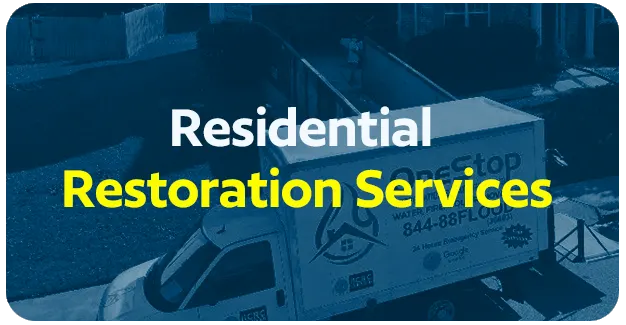
First Steps: Finding the Water Source and Removing Standing Water

Before you do anything, make sure the electricity is off in the affected part of your home. Safety is always number one. Next, you need to find where the liquid is coming from and stop it. This could be a burst pipe, a leaky appliance, or a hole in the roof. Once the source is controlled, you can start getting rid of any visible puddles.
The Big Risks: Hidden Dangers of a DIY Water Damage Restoration Approach
Going it alone can seem easy at first, but there are serious hidden dangers. The biggest threat is the moisture you can’t see. It gets trapped behind walls, under floors, and in your home’s structure. This hidden dampness is a perfect breeding ground for mold, which can grow in just 24-48 hours. Mold not only causes health problems but also eats away at your home’s materials.
- Structural wood rot
- Compromised electrical wiring
- Warped flooring and subflooring
Why Damaged Drywall and Ceilings Need More Than a Simple DIY Repair
That stain on your ceiling or the bubble in your drywall is a big red flag. Simply painting over it or patching the spot traps moisture inside. This trapped dampness will cause the wood studs and ceiling joists to rot and weaken over time. It creates the perfect dark, damp space for mold to thrive, spreading silently through your home. A professional knows how to check for hidden dampness and ensure everything is completely bone-dry before making any repairs.
The DIY Process: How to Remove Damaged Items and Dry the Affected Area
Conclusion: Is DIY Water Restoration Worth It?
What is the biggest risk if a homeowner only cleans up the visible water?
The biggest risk is unseen moisture that gets trapped behind walls and under floors. This creates a perfect environment for mold growth, which can pose serious health risks and lead to rot. This hidden dampness is the primary cause of significant long-term damage long after the surface looks dry.
Why are professionals better equipped for a cleanup?
Restoration companies use advanced equipment that homeowners don’t have. This includes powerful air movers, dehumidifiers, and moisture meters to detect hidden dampness within structures. Their expertise ensures the entire affected area is completely dried, which is crucial to prevent mold growth and avoid incomplete repairs.
Is there anything a homeowner can do safely before help arrives?
Yes, a homeowner can safely begin the cleanup process by turning off the electricity to the wet area. You can then start removing standing water using buckets, mops, or a wet/dry tool. This initial step helps minimize immediate saturation while you wait for professional restoration services.








